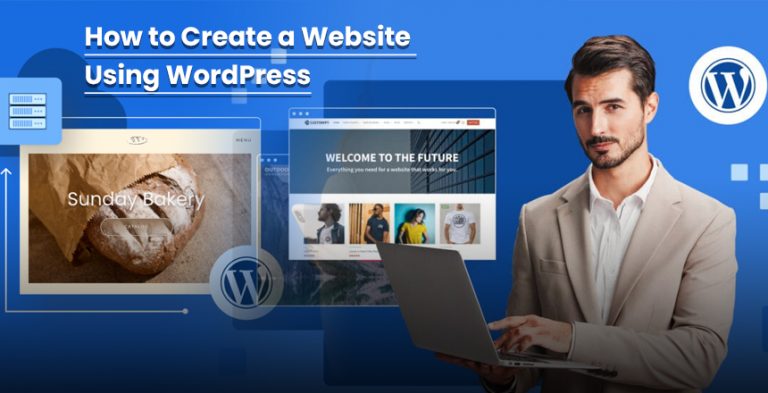When preparing the design of an academic poster, social-media publication, or modern wedding invitation, designers are always faced with the two major software options: Adobe Photoshop and Canva. Although both applications are powerful, there is a major difference in their design philosophies, and intended user communities.
Photoshop, which is approved by the majority of the creative industry, is the long-established gold standard. It was released in 1991 and it remained the tool of choice of professional designers, photographers, and digital artists. According to recent analysis of high-profile print media you can see that much of the linen printed in magazines, including the covers of magazines have been either created or heavily altered using photoshop.
The next four years should include Photoshop adopting even more enhancements relating to AI. Some of these improvements will be driven by the Adobe Sensei, the proprietary AI-based platform, providing such features as instant background removal, object replacing, generative fill support, and the ability to refine with high levels of retouching that preserve natural visual information. This leaves Photoshop as the best option in the workplace of professionals undertaking branding, marketing, or advertising projects; photographers looking to have as comprehensive an editing and retouching tool as possible; artists and illustrators creating more intricate high-resolution content; and organizations where control of visual results cannot be left to chance.
In comparison, Canva, a drag-and-drop design services firm has experienced massive growth since the company’s inception. Future and existing improvements include video editing, AI-based image creation and powerful collaborative features, yet it will maintain its appeal to new users by being perceived as an approachable application. Several of these developments will make Canva especially appealing to people with very little design background but who need sophisticated results such as presentations or informative graphics, but are not keen on spending a long time in training.
To conclude, there are some differences between Photoshop and Canva, and they currently hold different places in the overall design world. Photoshop is the standard of excellence used by the most talented practitioners that needs discussion and Canva is more democratic in terms of providing access to designers with different levels of experience.
The platform Canva was initially planned as an easy-to-access and simple, understandable way to target people without professional training in design. By 2025, it will still remain the preference of the people who require visually appealing assets, but with a learning curve too steep. Even the practicality of modernity is added to the functionality.
Freelance designers who would like to have lean, thin work-stream.
• An integrated package of video-editing software customized toward creation of social-media reels, advertisements and presentation materials;
• Image-generation of any customised backgrounds and graphics that can be based on AI;
• Co-editing with real-time collaboration capabilities, allowing several users to work on one and the same project at a time;
• A wide collection of graphics and animation effects that would make the presentation look good.
The available capabilities render Canva quite adequate to the following cohorts:
• small-business owners who produce marketing material;
• Learners who are to develop a poster, a display, or presentation;
• Social-media managers who are in charge of the daily content production;
• Freelance designers who wish to have a slim, thin work-stream.
To take an example, a small cafe: a manager wants to inform about a daily special through Instagram. The person will be able to replace wording and images by opening Canva and using the template restaurant menu to compose the final product and finish the task in around 15 minutes.
Overall, the low learning curve, which makes its users functional within less than an hour, and the fast-growing range of functionality makes the platform sustainable and flexible in terms of usage by a wide range of users.
Photoshop vs Canva in 2025 – Head-to-Head
| Feature | Photoshop | Canva |
| Skill Level Needed | Advanced | Beginner to Intermediate |
| Main Strength | Total creative control and precision | Speed and simplicity |
| Best For | Professional design, photography, advertising | Social media, marketing materials, quick content |
| AI Features | Generative fill, smart retouching, advanced compositing | AI templates, text-to-image, quick background removal |
| Collaboration | Limited (mostly individual work) | Strong real-time collaboration tools |
| Pricing | ₹1,675/month for single app (Adobe plan) | Free basic plan, Pro at ~₹500/month |
| Output Quality | Industry-standard, high-resolution | Web-ready, print-friendly for most casual needs |
You should choose depending on your objectives.
OK the question is really what do you want to do with your design skills?
What If you desire to work in design, advertising or photography: Photoshop is not negotiable. It is something that most agencies and studios assume you know.
Are you a business owner or social media creator: Canva provides all you need, but you do not have to invest a lot of time.
Or if you are a student developing skills in the future: learn them both. Now, Canva can assist you in making fast projects and Photoshop will lead to a competitiveness when you submit your internship or job applications.
Why Some Professionals Trick Multiple Sick Leave If You Post Off?
It is a small secret but most contemporary designers collaborate both Photoshop and Canva.
In Photoshop, they will do complex and high resolution graphics.
Then they will bring those pieces into Canva so that they can be resized, text added and variants made to fit across platforms.
This mixed model is time saving but also good quality.
India Perspective 2025
The need for visual content has erupted in India. As more companies turn to the internet, the demand in the industry is increasing the need to have individuals who are able to produce attractive designs,be it on e-commerce, social media or even marketing campaigns.
The knowledge of Photoshop can enable you to find better paying employment within design studios, ad agencies and within corporate marketing departments.
The canva skills have become the basic prerequisites in tasks such as social media professional, a freelancer marketer, and a content creator.
Salary insight (India, 2025):
Entry level Photoshop professionals who join creative agencies can get a salary range of 4-8 LPA and beyond in senior positions.
Freelance via Canva is able to generate 20,000-60,000/month in revenue depending on customers and project size especially in social media marketing.
The Path To Learn
In case you use Photoshop:
- Begin by using the beginner tutorials of Adobe.
- Even learn the fundamentals of photo-editing: cropping, color correcting, retouching.
- And then transition into graphic design- using layers, typography, and effects.
- Use AI powered tools to make your workflow much faster.
In case you opt Canva:
- It is possible to observe template libraries and begin to modify them.
- Find out about brand kits, thus being able to maintain consistency in designs.
- Was able to write more text faster by utilizing the abilities of the AI.
- Get in the habit of being able to design content on one and repurpose it to exist on many platforms.
Final Take
By 2025, whether one is a better tool is beside the point, the question is what fits your needs at this point of time.
Photoshop is a dynamic camera- DSLR with its own power, precision and professional capacity. Learning takes time but the outcomes are incomparable.
Canva is the smartphone camera of the top end, fast, simple, and close to 90 percent of the daily use.




